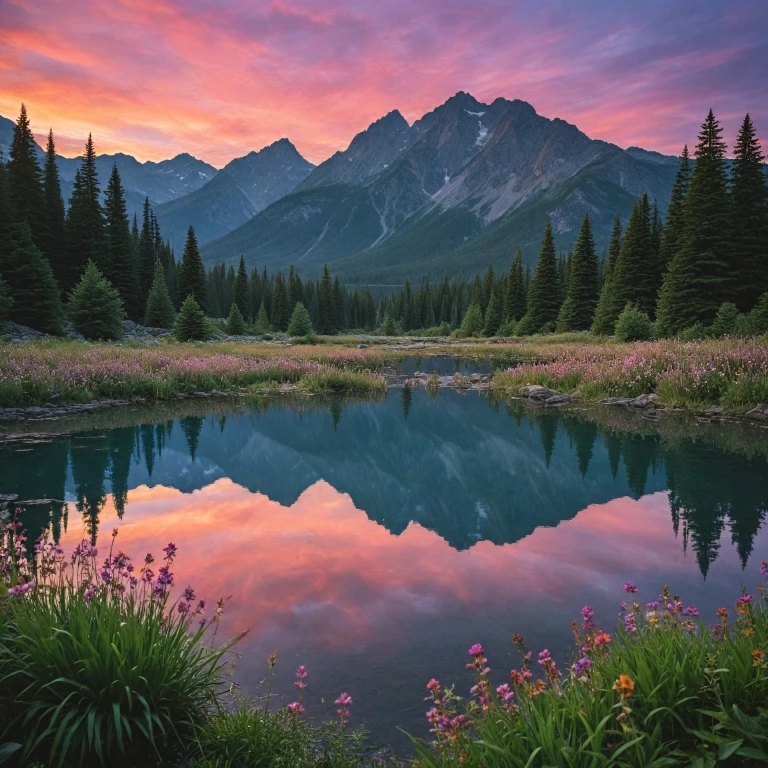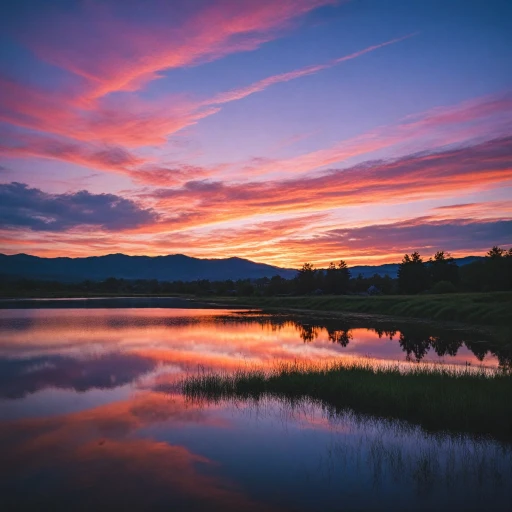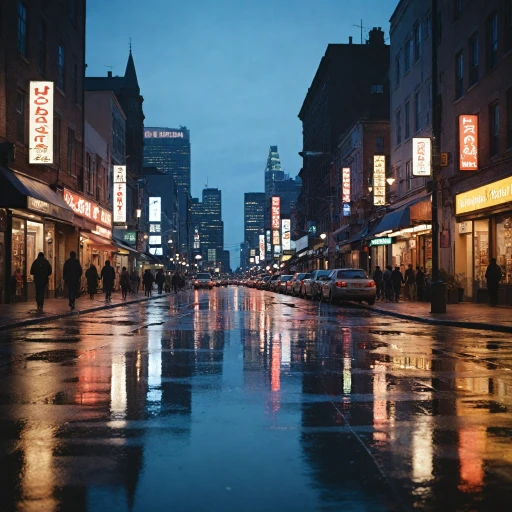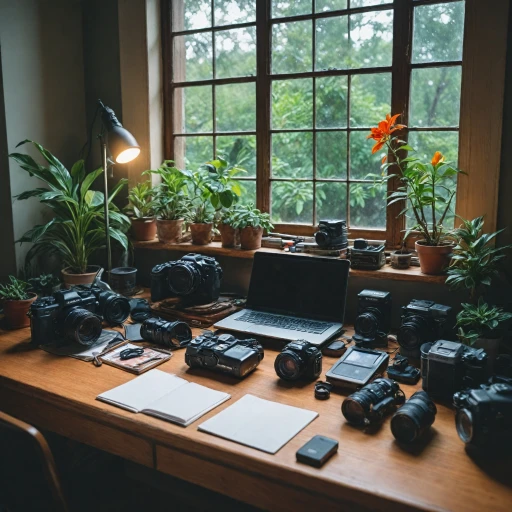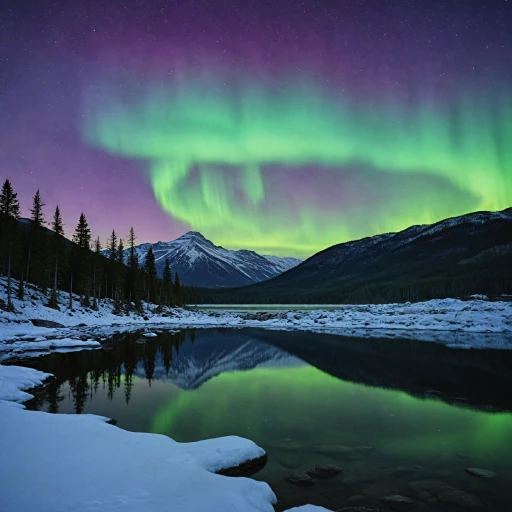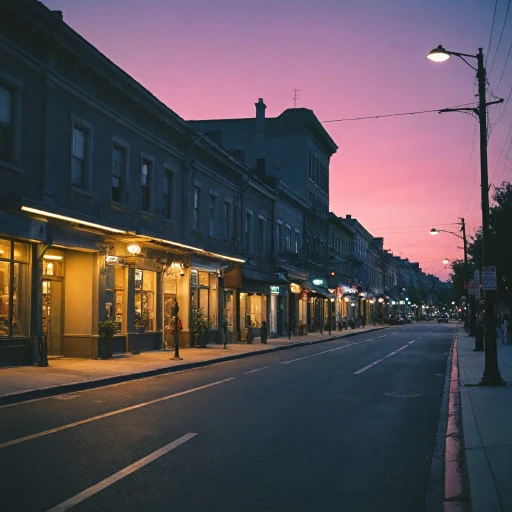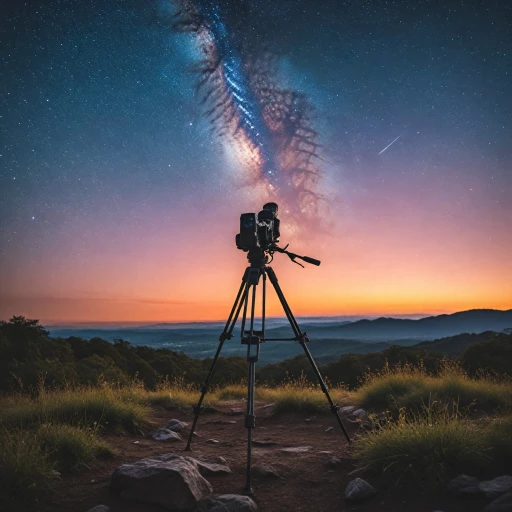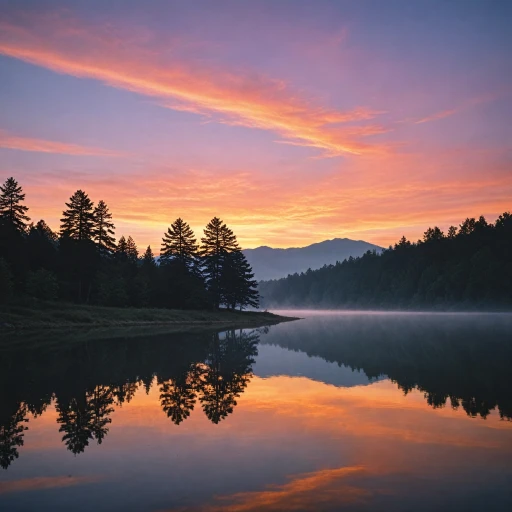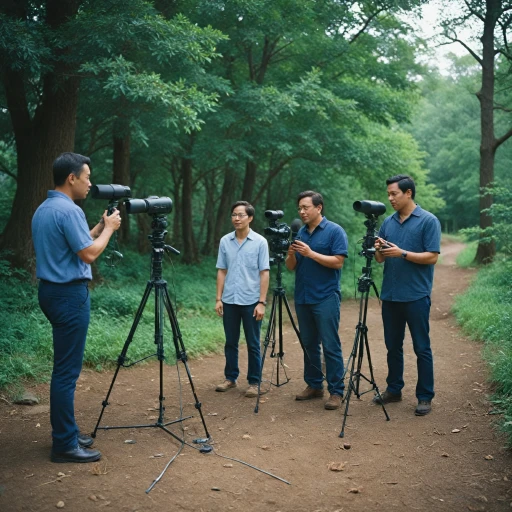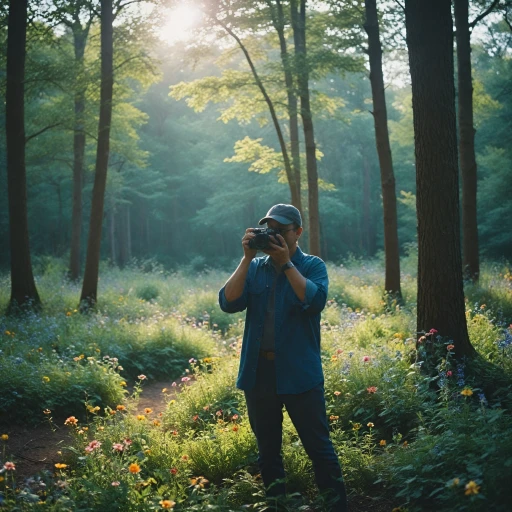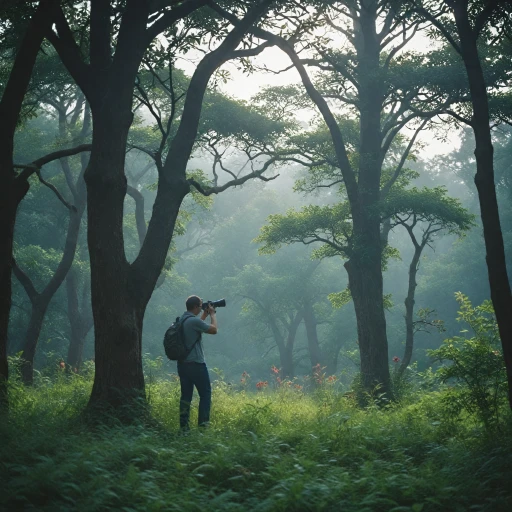
Understanding Focal Lengths for Landscape Shots
Decoding Focal Lengths for Captivating Landscapes
When it comes to landscape photography, understanding focal lengths is crucial for capturing the vastness and beauty of the natural world. The focal length of a lens determines the angle of view and how much of the scene will be captured in your shot. For landscapes, wide-angle lenses are often the best choice as they allow you to include more of the scene in the frame, creating a sense of depth and scale.
Wide-angle lenses, typically ranging from 14mm to 35mm, are popular among landscape photographers. They offer a broad perspective, making them ideal for capturing expansive vistas. For instance, a 14mm ultra-wide lens can be great for shooting dramatic skies and sweeping landscapes, while a 24mm lens might be more suitable for a balanced composition that includes both foreground and background elements.
Brands like Canon, Nikon, and Sony offer a variety of lenses that cater to different focal lengths and budgets. Whether you're using a full-frame or crop sensor camera, choosing the right focal length can significantly impact the quality of your landscape images. For those just starting, investing in a versatile zoom lens with a wide focal range can be a smart move, offering flexibility without the need to purchase multiple lenses.
While focal length is a key consideration, it's not the only factor to keep in mind. The role of aperture, lens quality, and even the choice between prime and zoom lenses can all influence your landscape photography. For more insights on how to enhance your landscape shots, consider exploring additional photography tips and techniques, such as choosing the right graduated ND filter for stunning sunset photography.
The Role of Aperture in Landscape Photography
Optimizing Aperture for Captivating Scenic Shots
In landscape photography, mastering the art of using aperture effectively can transform your images, allowing for stunning depth and clarity. The aperture works as the lens' iris, affecting how much light enters the camera and influencing both exposure and depth of field. Recognizing its role is crucial in crafting remarkable photographs that capture nature's grandeur.
Wide apertures (low f-stop numbers like f/2.8) allow more light into the camera, making them great for low light conditions. However, landscape photography typically benefits from narrower apertures (higher f-stop numbers like f/8 to f/16) to ensure a large depth of field. This means more of your frame—from the foreground to the background—will be in sharp focus, essential for capturing the vastness of a landscape.
When selecting lenses for your landscape shots, consider those that offer the ability to select a range of apertures. Whether you shoot with brands like Canon, Nikon, or Sony, each provides lenses tailored for landscape photography. A wide angle lens with a variable aperture range can offer great flexibility, from wide open apertures for dynamic low light shots to narrow apertures that maintain sharpness across the image.
Using your aperture wisely not only affects image quality but also how you emphasize your subject. With the correct technique, you can use apertures creatively to manipulate light and shadow, enhancing your landscape's mood and atmosphere. For more in-depth photography tips, check out this guide on capturing the aurora borealis, which further elucidates the need to adjust and experiment with aperture settings.
Prime vs. Zoom Lenses: Which is Better for Landscapes?
Exploring the Best Lens Options for Landscapes
When engaging in landscape photography, the decision to choose between prime and zoom lenses can significantly affect the outcome of your shots. Both types of lenses have their merits, and understanding their distinct features can help you make a well-informed purchase.
- Prime Lenses: Known for their superior image quality and sharpness, prime lenses are often favored by photographers for landscape shots. With a fixed focal length, they push you to move around and find the best angles. They typically offer a wider aperture, making them excellent for low light conditions and achieving a shallow depth of field.
- Zoom Lenses: Offering versatility with their variable focal length, zoom lenses enable you to capture a range of perspectives without the need to switch lenses. They are particularly useful for photographers who appreciate the flexibility to capture wider scenes or zoom in for detailed shots. With advances in technology, modern zoom lenses have improved image quality and can often compete with prime lenses in terms of performance.
Whether you choose a prime or a zoom lens largely depends on your personal shooting style and the specific scenarios you encounter. For those seeking an affordable and versatile option, zoom lenses might be the best fit. However, for pure optical quality and the challenge of finding the perfect shot, prime lenses may be the ideal choice.
Regardless of your choice, the key to maximizing your lens capabilities lies in understanding the focal range and how it aligns with your photography goals. Be sure to consider your camera system, whether it be Canon, Nikon, or Sony, and invest in lenses that are compatible and well-reviewed in terms of build and image quality.
Lens Quality and Build: What to Look For
Evaluating Lens Quality and Construction
When it comes to selecting a lens for landscape photography, assessing the quality and build of the lens is crucial. A well-constructed lens not only optimizes image quality but also ensures durability and reliability during outdoor shoots. Here are a few key factors to consider:
- Materials and Durability: Look for lenses constructed with high-quality materials such as metal mounts and weather-sealing features that protect against dust and moisture. This is particularly important for Nikon and Canon lenses to withstand varying outdoor conditions.
- Glass Elements and Coatings: Glass quality and special coatings, like those found in Sony lenses, play a pivotal role in minimizing chromatic aberrations and enhancing color fidelity. Premium glass elements contribute to sharper images and reduced flare, essential for capturing stunning landscape shots.
- Lens Mechanism: Consider lenses like the Canon USM or Sigma Art HSM that offer smooth and silent autofocusing, ideal for precise image capture without disturbing the natural ambiance. Reliable lens mechanisms improve focusing accuracy, especially in low-light or challenging lighting conditions.
- Build and Weight: Opt for lenses that balance build quality with portability. While ultra-wide angle lenses often come with added heft, their robust construction supports stable shooting and better image quality. A well-designed lens helps maintain a steady hand during long photography sessions.
By prioritizing these quality features, photographers can make informed decisions when purchasing lenses that align with their specific needs and budget constraints. A great lens enhances the overall photography experience, delivering consistently stunning landscape images.
Specialty Lenses for Unique Landscape Perspectives
Discover Specialty Lenses for Remarkable Landscapes
In the realm of landscape photography, having the right specialty lens can unlock unique perspectives and boost your creative expression. While wide angle lenses are often heralded for capturing expansive vistas, specialty lenses offer distinct possibilities. For instance, an ultra-wide lens is exceptionally beneficial when you want to capture broad subjects in a single frame. These lenses typically offer a focal range that extends beyond standard wide angle options, pushing the boundaries of what your camera can capture in one shot. Brands like Canon and Nikon offer great options in this category, each contributing to the rich image quality needed to create stunning landscape shots. Tilt-shift lenses present another fascinating choice for photographers seeking to add a sense of artistry to their compositions. They allow control over the perspective and depth of field, aiding in the management of focus and composition intricacies. Such lenses are particularly effective when photographing grand architectural landscapes or scenes that benefit from manipulated focus areas. Low light scenarios, like sunsets or sunrise photography, can also benefit from specialty lenses. A lens with a large aperture, such as an f/2.8, aids in capturing great landscape photos even in subdued lighting conditions. For those committed to capturing vibrant twilight scenes, considering a lens that excels in low light can significantly enhance your image quality. When choosing specialty lenses, it's important to assess factors like the lens build and focal length, both of which play vital roles in achieving the desired photographic outcomes. Paying attention to these details can help any photographer identify the best lens for their artistic vision. The investment in a specialty lens can be significant, but the unique perspectives and enhanced creative choices they provide may be well worth the price for serious photographers. Whether you're opting for the unparalleled wide breadth of an ultra-wide lens or the precision of a tilt-shift lens, each option expands the horizons of what's possible in landscape photography.Budget-Friendly Lens Options for Beginners
Affordable Options for Aspiring Photographers
Understanding the creative potential of lenses is crucial for capturing breathtaking landscapes. However, finding budget-friendly lenses that don't compromise on quality can be a challenge. Let's explore options that provide excellent image quality and versatility without breaking the bank.- Nikon AF-S DX NIKKOR 18-55mm f/3.5-5.6G VR: Known for its lightweight design and exceptional optical performance, this lens offers a versatile focal range suitable for wide-angle shots. The built-in vibration reduction minimizes blurs caused by low light or handheld shooting.
- Canon EF-S 10-18mm f/4.5-5.6 IS STM: Perfect for those who crave ultra wide landscape captures, this Canon lens provides a dynamic angle without straining your budget. Its image stabilization enhances handheld shooting, making it a great choice for new photographers exploring landscapes.
- Sony E 16-50mm f/3.5-5.6 OSS: For Sony mirrorless camera users, this compact zoom lens blends convenience and affordability. It features optical steady shot for improved image quality in various lighting conditions, making landscape photography a pleasant experience.
- Sigma 10-20mm f/3.5 EX DC HSM: Sigma offers an ultra-wide zoom that excels in both build and optical quality. Its constant aperture throughout the focal range is ideal for maintaining consistent exposures across wide-angle shots, providing a high-value solution for the cost-conscious.
